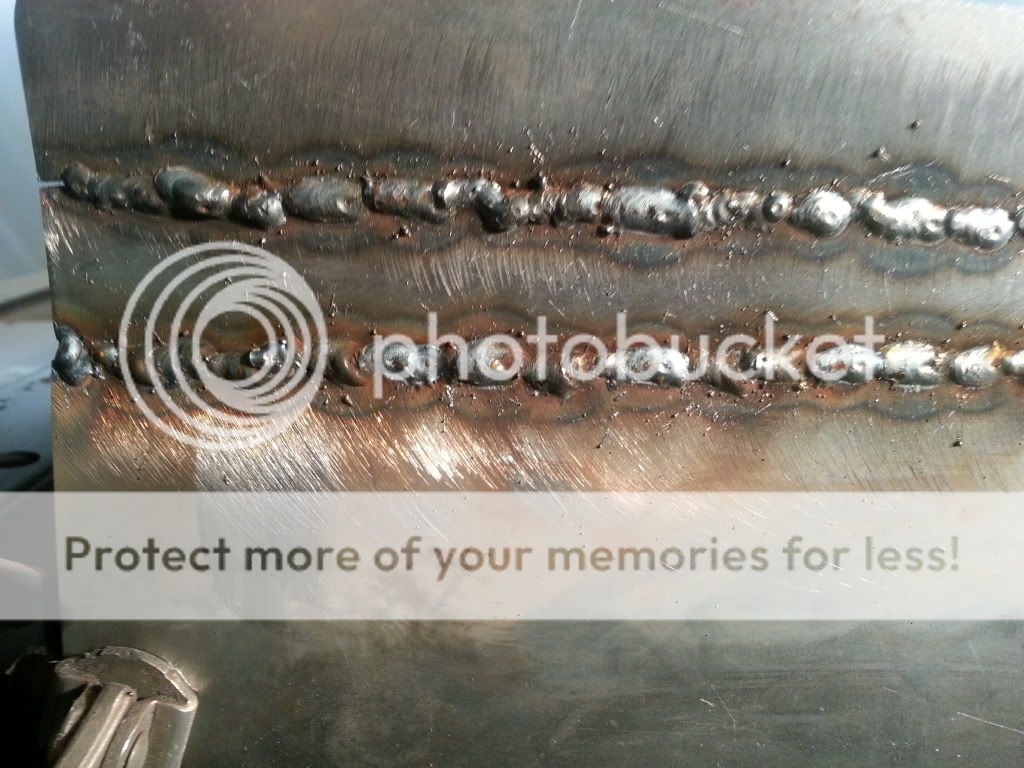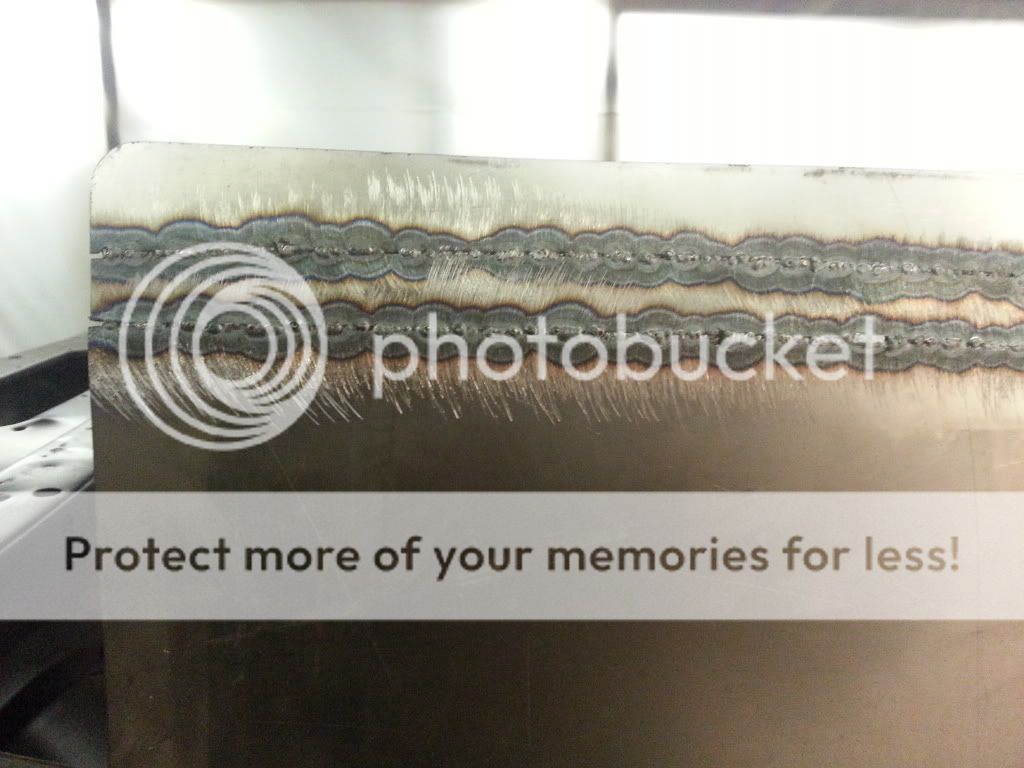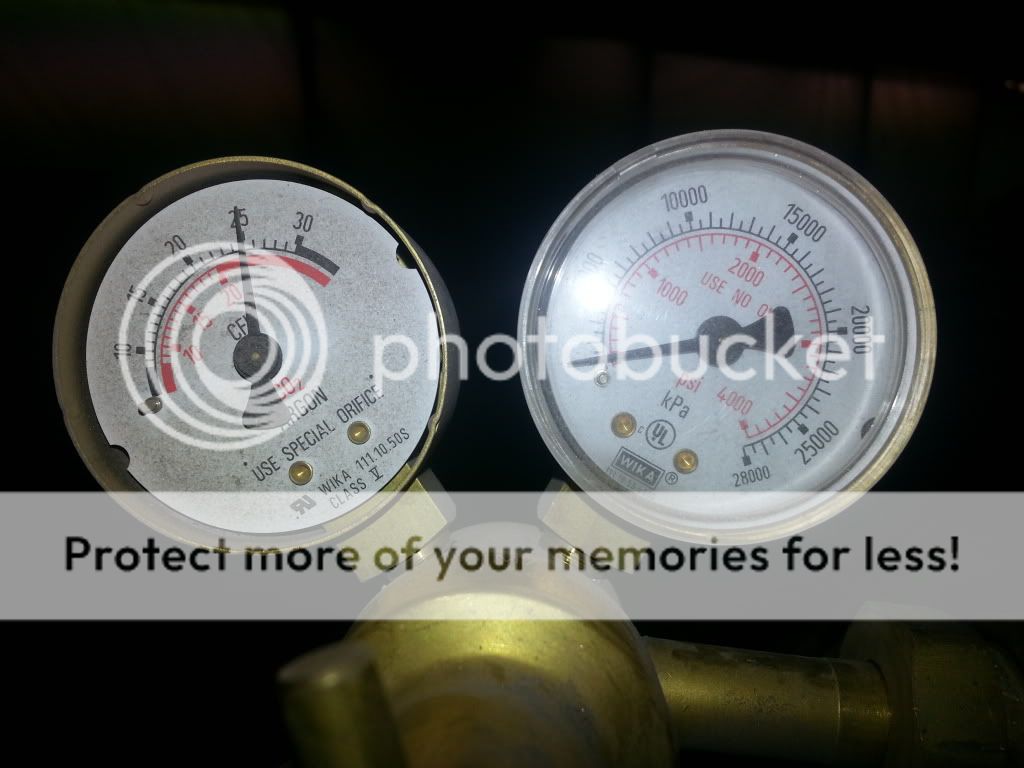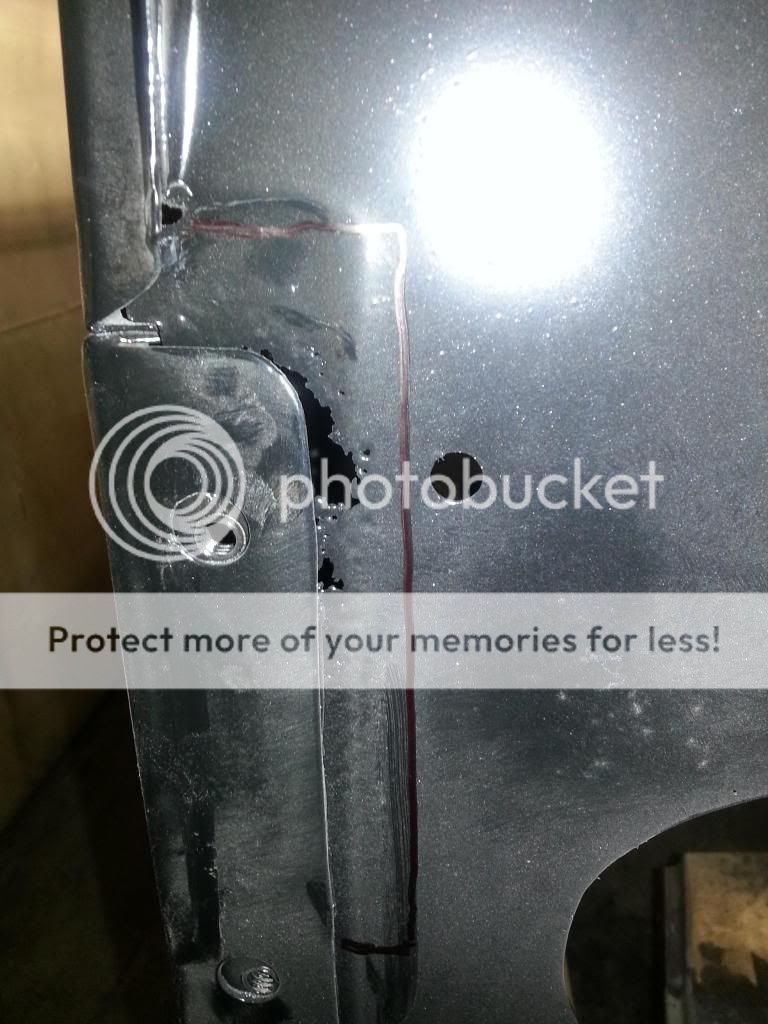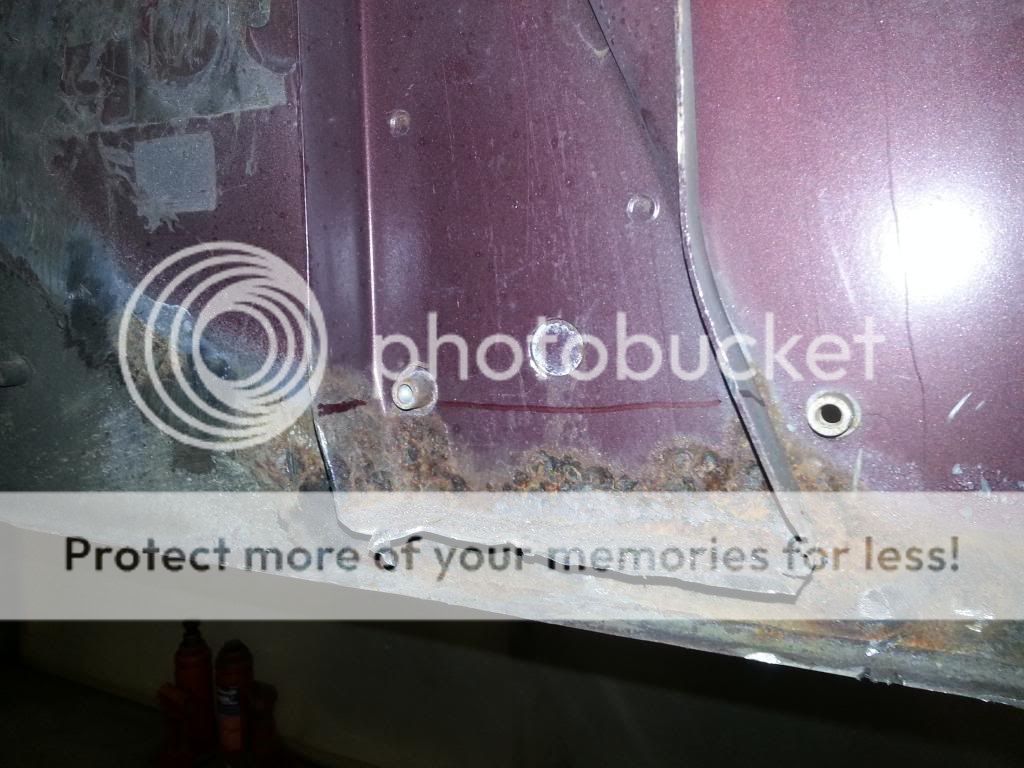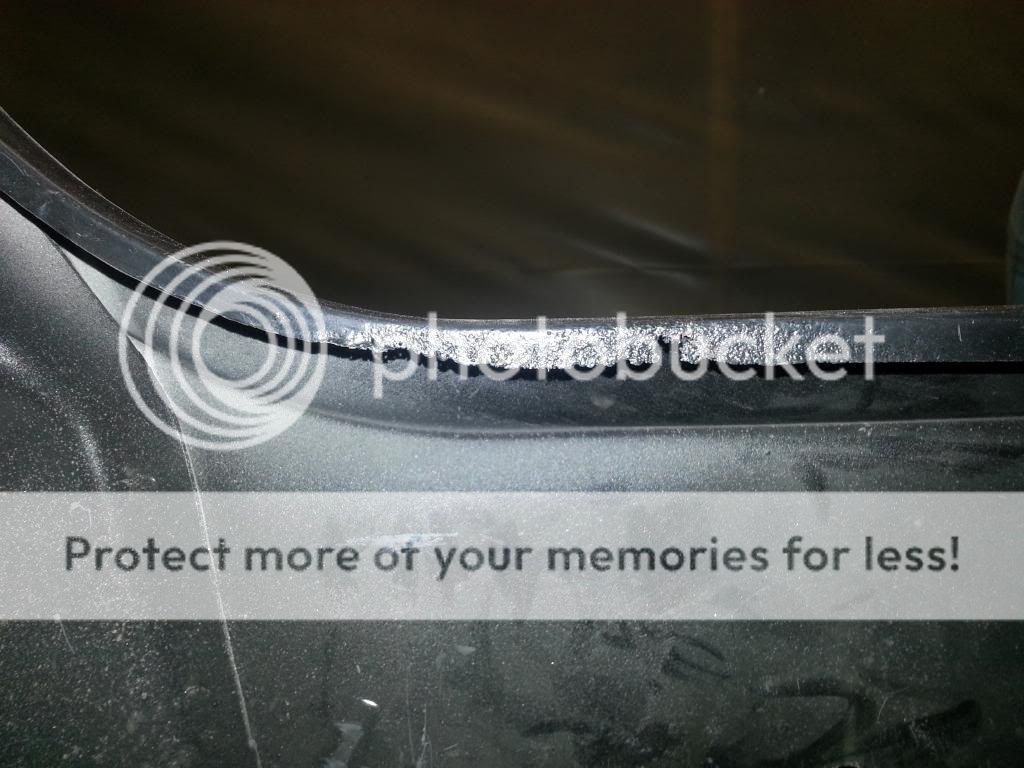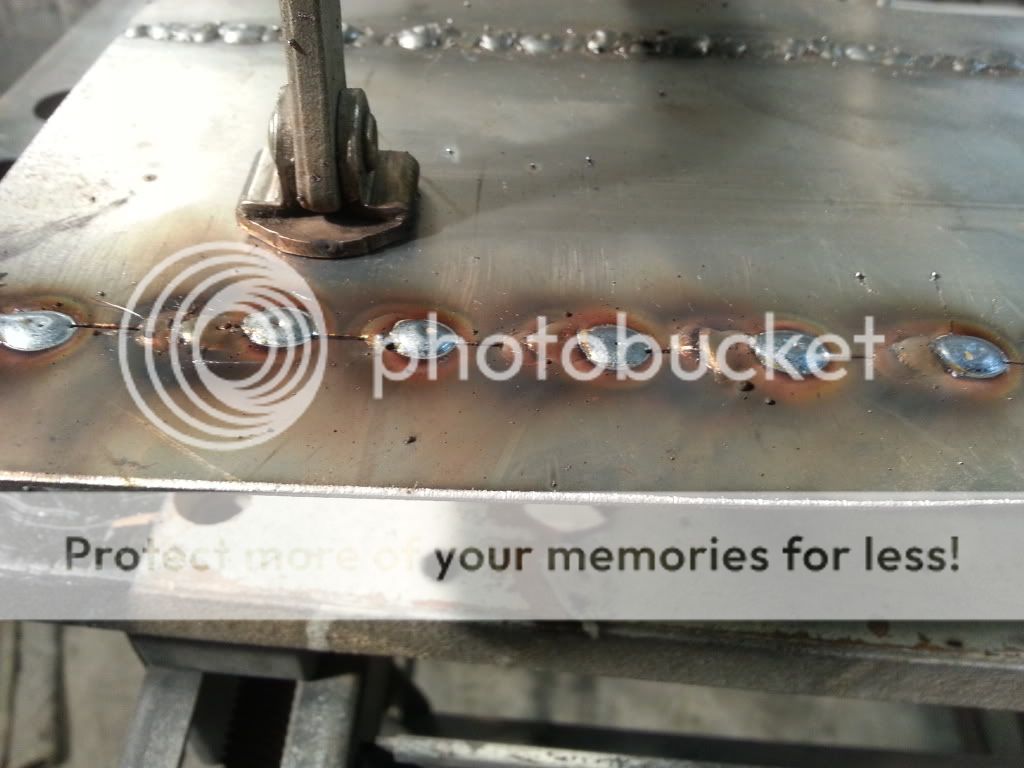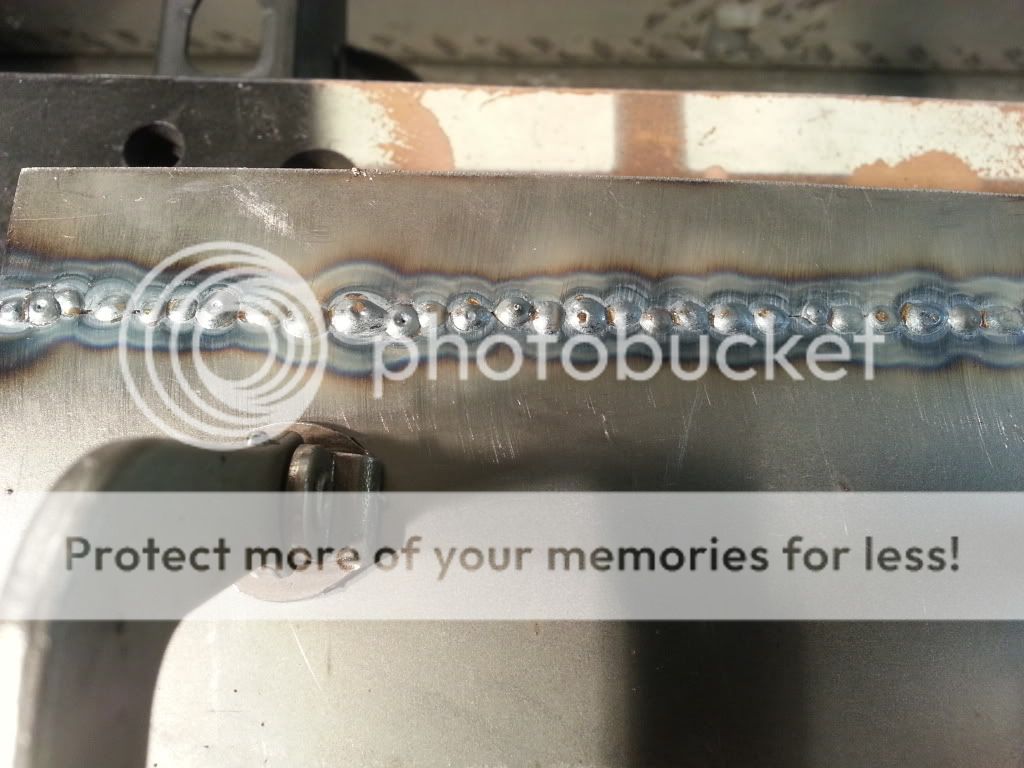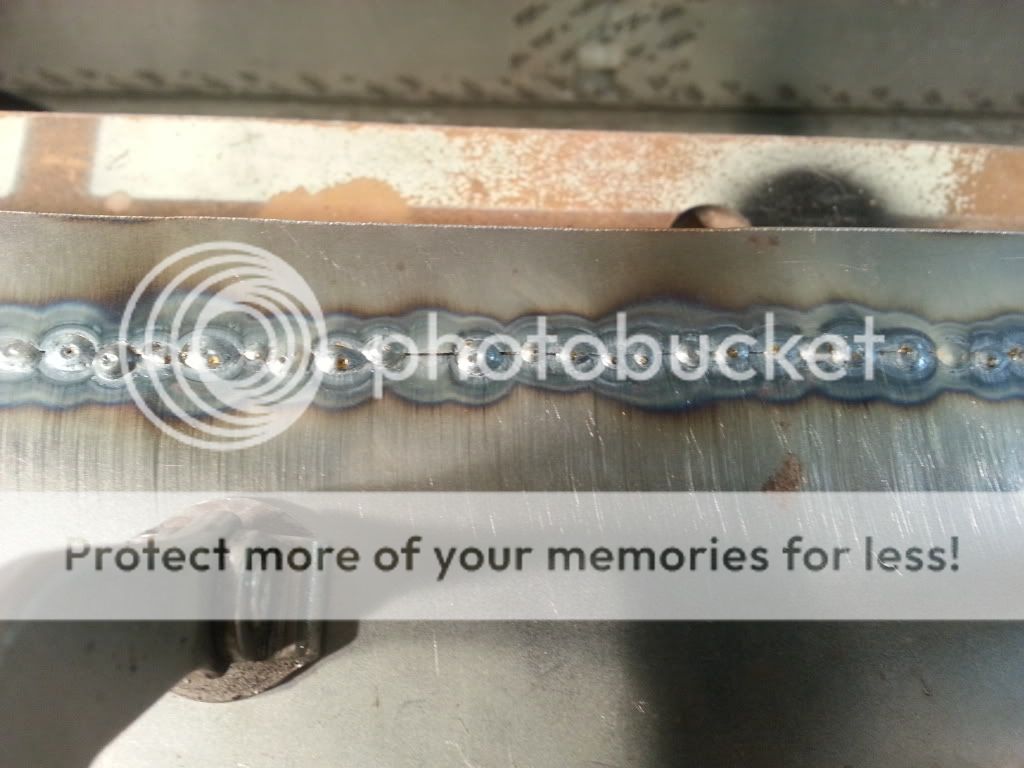H
HIG
Dub;33271 said:I use sockets or different size rods to make my bends. A big vice helps to. Been doing it for years. I have different size rods all 2 foot long. Just in case I have longer tin to bend.
Thank you, we will try the sockets or I could pick up some metal rods at the hardware store.
Steve
- - - Updated - - -
Bob Hollinshead;33272 said:Penetration is good. Is this flux cored wire-the welds look sooty? The first tack is always cold and as the sheetmetal soaks up heat the welds get hotter as you go. Try your 5 overlapping tacks right in a row with no cool time between so you're moving faster and turn the wire speed down a little to keep the bead height low.
I am using gas (sorry, I can't think of the mix). What should my gas pressure be when I pull the trigger?
That makes sense about the first tack being cold and not laying down nice. You are saying I don't need to let the puddle stop glowing before I go on to the next one, I just thought it would help with not blowing thru.
Thanks so much for the advice!!
- - - Updated - - -
chevman;33273 said:I have my share of welding problems also, but that picture looks to me like the direction of the torch is off. It should be pointed in the direction of travel, and in the middle of the seam, with overlapping beads.
I was welding that with the panel verticle and the seam running horizontal. I'm aiming the tip right at the edge of the adjacent weld with the gun angled away so the wire is shooting towards the previous tack at about a 45 degree angle. I'm trying to keep the tip about 3/8" away from the metal.
I hope that makes sense - any suggestions?
Steve




